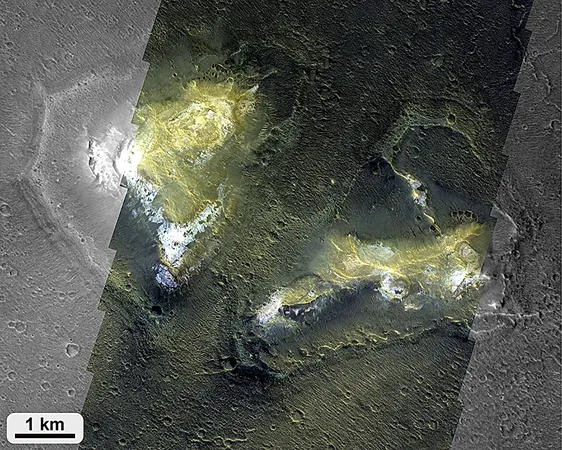
Unveiling Mars: The Mystery of Clay-filled Mounds and Their Impact on the Red Planet’s Water History
2025-01-20
Author: Emily
Groundbreaking Findings on Martian Mounds
A groundbreaking study has revealed that thousands of mounds scattered across the barren northern plains of Mars hold key evidence about the planet's watery past. These mounds, rich in clay minerals, suggest that the rocks in this area were once saturated with water, pointing to a time when Mars could have potentially harbored life. This discovery was detailed in research published in the prestigious journal Nature Geoscience.
Research and Analysis by Dr. Joe McNeil
Dr. Joe McNeil, a researcher at the Natural History Museum in London, led a team of scientists, utilizing high-resolution images and detailed compositional data obtained from orbiting spacecraft. Their analysis unveiled that these mounds, some rising nearly half a kilometer tall, are actually remnants of ancient highlands that have significantly eroded over billions of years. This erosion has sculpted the Martian landscape, notably creating a distinct boundary between the planet's low northern plains and its elevated southern hemisphere.
Significance of Clay Mineral Layers
The study's findings indicate that the mounds contain layered deposits of clay minerals formed by prolonged interaction between water and rock. These layers chronicle distinct geological events in Mars' history, with older non-clay materials beneath and younger non-clay layers on top. Such stratification is invaluable for understanding the planet’s environmental evolution.
Future Exploration Missions
Dr. McNeil expressed excitement regarding the implications of these mounds, stating, 'They preserve a comprehensive history of water in this region within accessible, continuous rocky outcrops. These formations are prime candidates for future exploration missions aimed at determining whether Mars ever possessed oceans and the possibility of past life.'
Connection to Oxia Planum
Adding to the intrigue, the study reveals that these mounds are geologically connected to the nearby Oxia Planum, where the European Space Agency plans to send its Rosalind Franklin rover in 2028. This mission aims to search for signs of both past and present life, further piecing together the evolving story of a planet that may have been capable of sustaining life.
Mars and Earth: A Comparative Perspective
Mars serves as a critical reference point for understanding the early Earth, particularly because it lacks plate tectonics—allowing much of its ancient geology to remain intact. As more exploration missions focus on the red planet, scientists like Dr. McNeil anticipate gains in knowledge that will shed light on our own planet’s history and the origins of life.
The Ongoing Quest for Knowledge
Could these enigmatic mounds hold the secrets to Mars' ancient oceans? As the quest for understanding Mars continues, the potential for discovery remains vast—sparking imaginations and possibly reshaping our view of life in the universe. The intrigue doesn’t stop here; the ongoing exploration of Mars will undoubtedly yield further surprises for scientists and space enthusiasts alike.
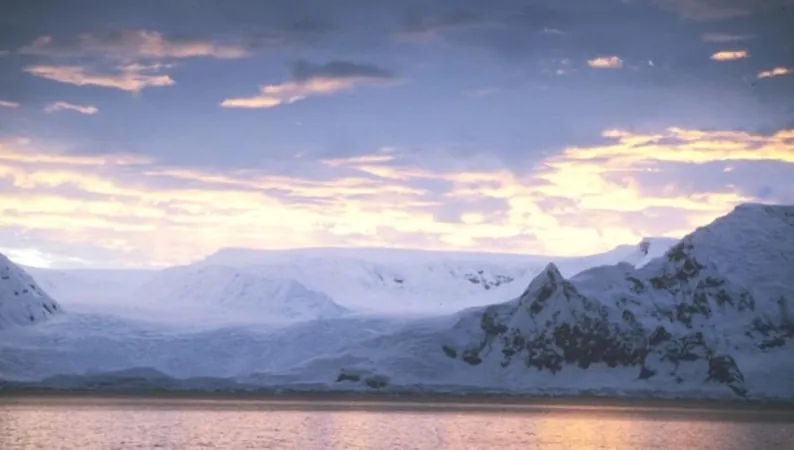


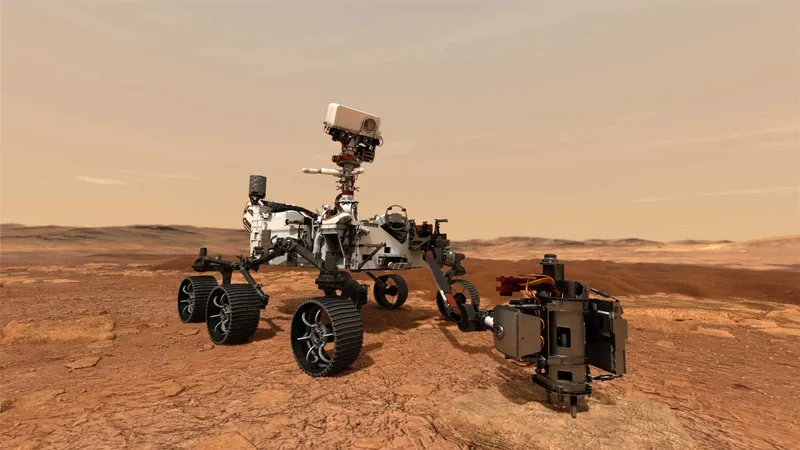
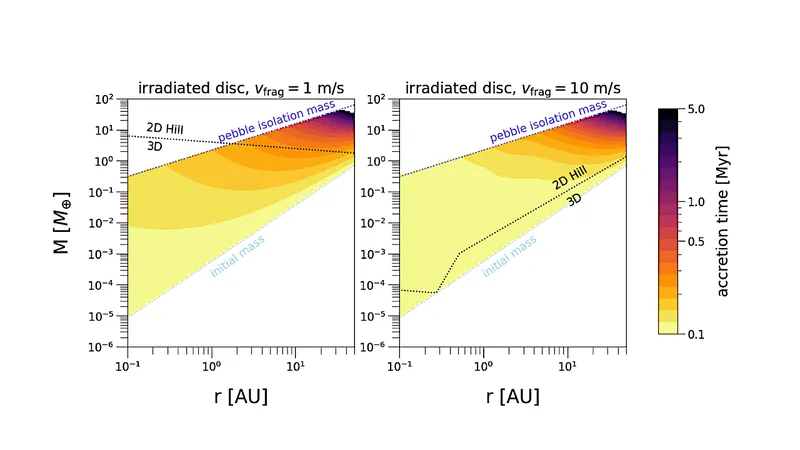


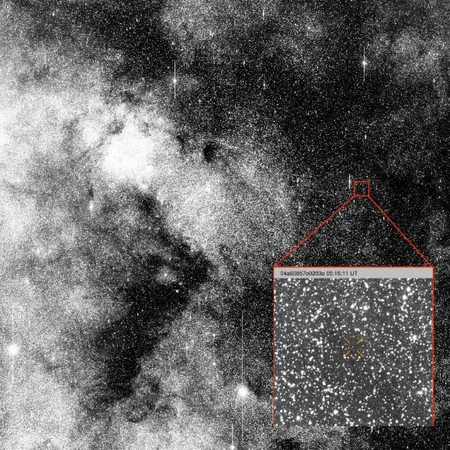

 Brasil (PT)
Brasil (PT)
 Canada (EN)
Canada (EN)
 Chile (ES)
Chile (ES)
 Česko (CS)
Česko (CS)
 대한민국 (KO)
대한민국 (KO)
 España (ES)
España (ES)
 France (FR)
France (FR)
 Hong Kong (EN)
Hong Kong (EN)
 Italia (IT)
Italia (IT)
 日本 (JA)
日本 (JA)
 Magyarország (HU)
Magyarország (HU)
 Norge (NO)
Norge (NO)
 Polska (PL)
Polska (PL)
 Schweiz (DE)
Schweiz (DE)
 Singapore (EN)
Singapore (EN)
 Sverige (SV)
Sverige (SV)
 Suomi (FI)
Suomi (FI)
 Türkiye (TR)
Türkiye (TR)
 الإمارات العربية المتحدة (AR)
الإمارات العربية المتحدة (AR)